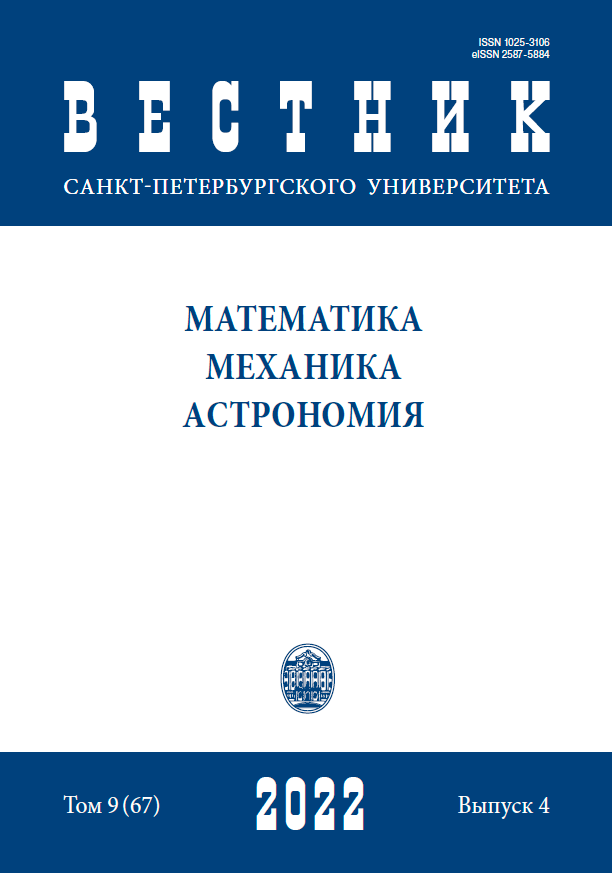Об аппроксимации прогноза частичными предсказаниями в условиях неполных данных
DOI:
https://doi.org/10.21638/spbu01.2022.401Аннотация
В статье рассматриваются применение метода случайных подпространств для прогнозирования по неполным данным и построение оценки полного прогноза по набору частичных предсказаний. Не умаляя общности, изучаются центрированные частичные предсказания. Согласно статистической модели, внедиагональные элементы корреляционной матрицы частичных предсказаний рассматриваются случайными с заданными математическим ожиданием и дисперсией. Получены аналитические выражения математического ожидания определителя и алгебраических дополнений этой матрицы. В результате построен класс более точных оценок полного прогноза, которые отличаются от среднего частичного предсказания множителями, зависящими от статистических параметров корреляционной матрицы частичных предсказаний. Приведены результаты моделирования и практического прогнозирования на неполных биогеографических данных.Ключевые слова:
метод случайных подпространств, статистическая модель, матрица со случайными элементами, частичные предсказания, множественная регрессия
Скачивания
Библиографические ссылки
Литература
References
Загрузки
Опубликован
Как цитировать
Выпуск
Раздел
Лицензия
Статьи журнала «Вестник Санкт-Петербургского университета. Математика. Механика. Астрономия» находятся в открытом доступе и распространяются в соответствии с условиями Лицензионного Договора с Санкт-Петербургским государственным университетом, который бесплатно предоставляет авторам неограниченное распространение и самостоятельное архивирование.




